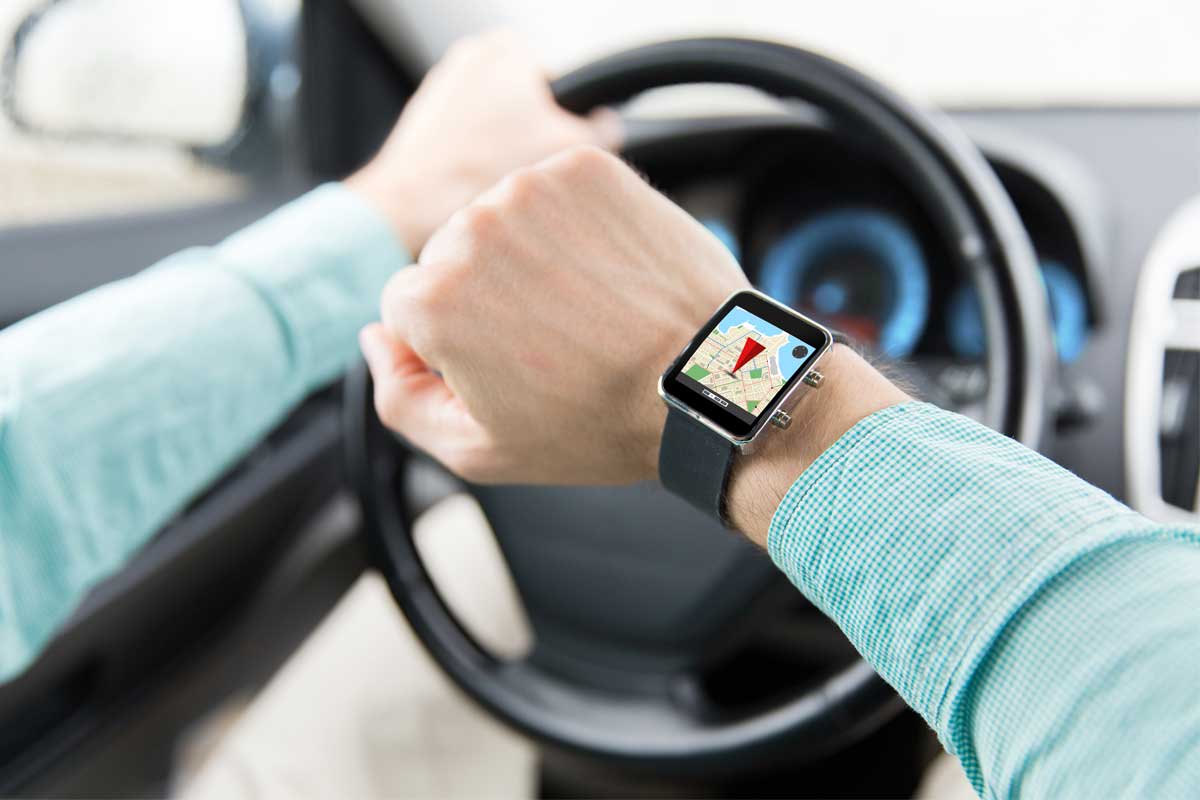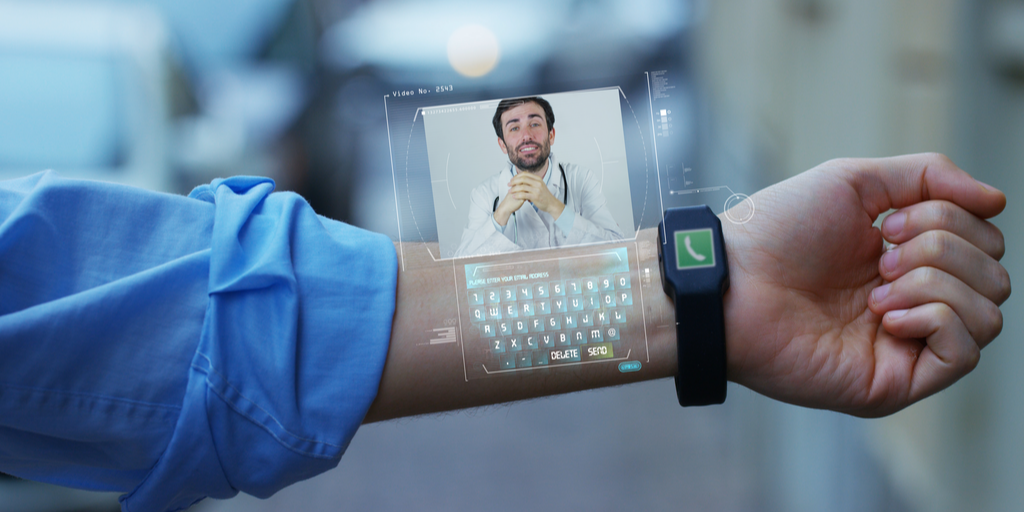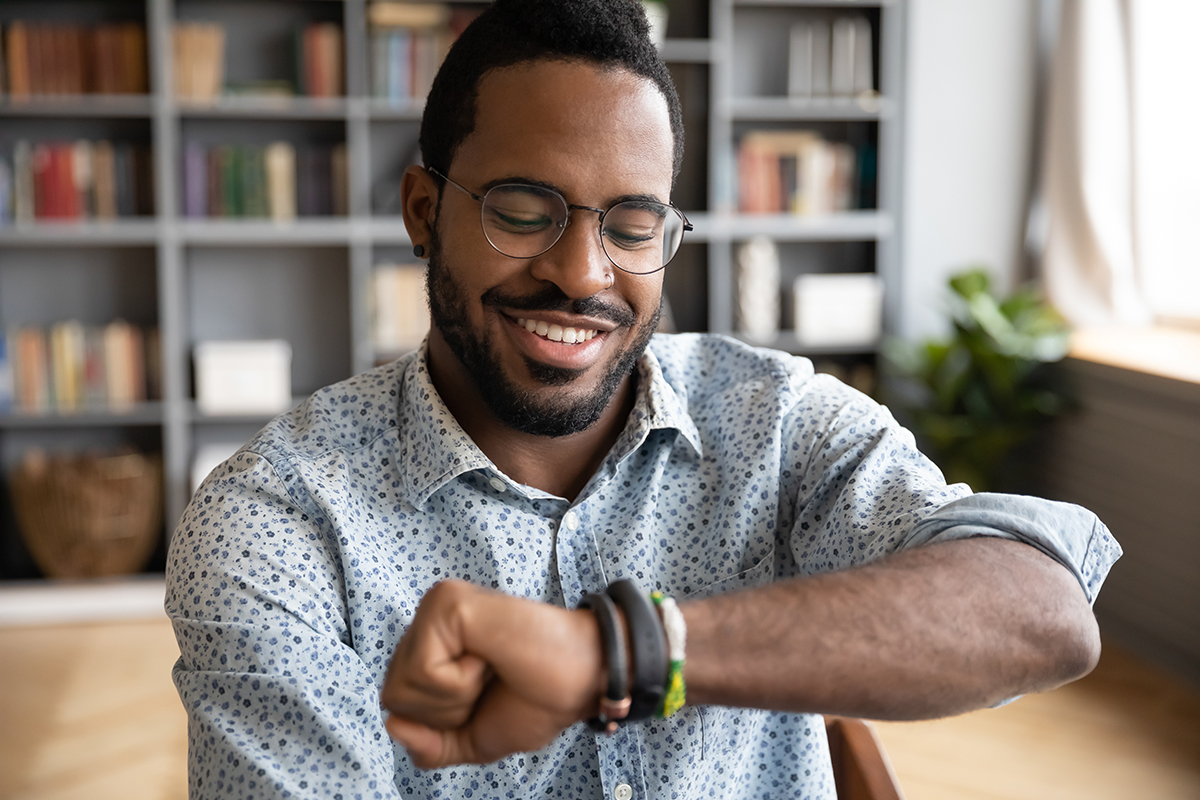
Location tracking in wearables such as smartwatches, fitness trackers, and smart hats are making major contributions to people’s lives. Wearables allow people to keep track of their health, receive notifications for potential health concerns, and preemptively contact a doctor if a crisis develops.
But even with all their promise, smart wearables face a number of challenging headwinds. Here are a few of their most prominent advantages, weighed against how they can be improved with future development.
The Benefits of Location Tracking in Wearables

Patient Freedom
One of the most critical issues with people living at home with mental health conditions or disabilities is maintaining a balance between independence and individual safety. The ability for wearables to track minor changes in daily patterns can quickly alert providers, relatives, and friends if they go missing from home, or find themselves in any danger and need emergency help. As a result, patients can gain confidence and partake in more activities while knowing they can be found if a problem arises.
A Safer Workplace
Wearable technology is a great option for businesses looking to improve their operational efficiency and increase employee productivity. Wearables – which include sensors, GPS, heart-rate monitors, activity trackers, pressure sensors, fall detectors, and gas alarms – can monitor a wide range of employee health and safety indicators. Employers can, in turn, use this information to improve workplace safety.
Emergency Notifications
One of the great benefits of smart wearable technology is the ability to catch things “out of the ordinary.” For example, hearing aids with fall detection and smartwatches that monitor heart health can alert healthcare professionals to potentially hazardous events, allowing them to take action and quickly send paramedics to the user’s location.
Crowd Safety
In addition to public health, smart wearables can change how events are managed. Larger events like football games, outdoor festivals, or concerts can be made safer with wearable technology by ensuring more efficient crowd flow and clearing bottlenecks. More intimate venues, such as museums and art galleries, can use location tracking to guide viewers around exhibits and installations for a more immersive experience.
Drawbacks of Location Tracking in Wearables
Accuracy
One of the major pitfalls of relying on wearables to track location at critical times, particularly when patient health and safety are on the line, is device accuracy. While specific physical addresses can result in positive outcomes, devices can sometimes only produce generalized locations, like a shopping center or a neighborhood. When time is of the essence, this may not be enough to get an emergency team to those in most perilous need.
Connection
Many people live in rural areas where network connection is limited. In these cases, there may be delays in location reports, or the technology may simply not be available.
Comfort
Smart wearables can tend to be bulky, potentially hindering widespread adoption. For athletes, wearable devices are uncomfortable at best and prone to injuring a player at worst.

The Future of Location-Tracking Wearables
Many people already use location tracking wearables to access personal and medical and health-related data. But for these devices to truly reach their full potential, there are a number of improvements that should be considered, including:
- Improved location accuracy via better AI features and functionality
- More reliable technology resulting in fewer dead zones and increased access in rural areas
- More ergonomic devices, so they are more comfortable and less intrusive for the wearer
Location tracking features in wearables are extremely helpful in helping to manage and track workers, patients, and event attendees – and even in locating lost or missing devices! Just remember to toggle the location feature “off” when not in use, to safeguard your privacy.
How Ambiq is Contributing
For over a decade, Ambiq has been laser-focused on inventing and delivering the most revolutionary System on Chip (SoC) solutions in the market. Through the advanced Sub-threshold Power Optimized Technology (SPOT®) platform, Ambiq has helped many leading manufacturers worldwide create products that can operate for days, months, and sometimes years on a lithium battery or a single charge. Visit ambiq.com/wearables/ for more information.


